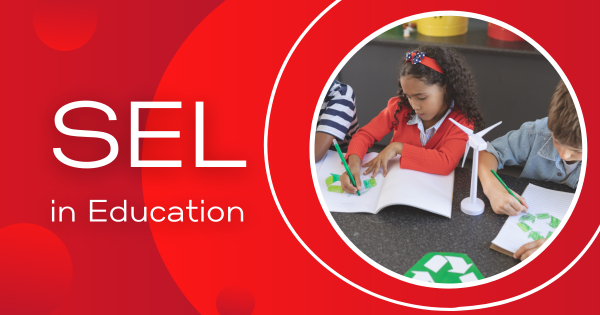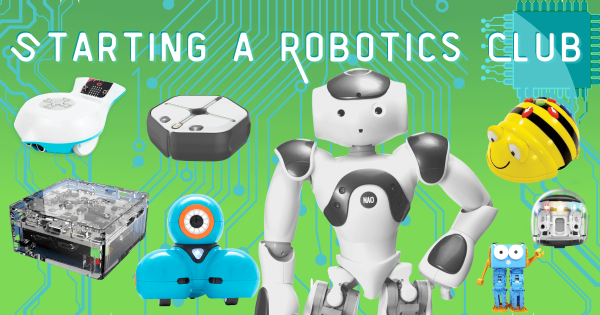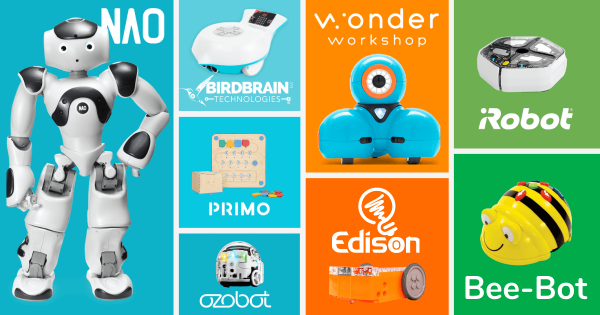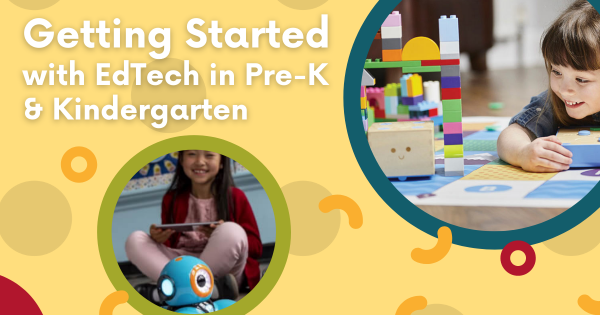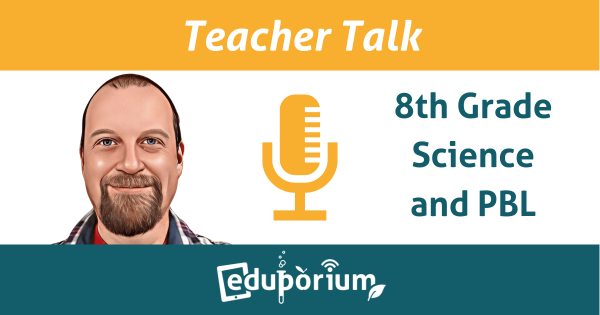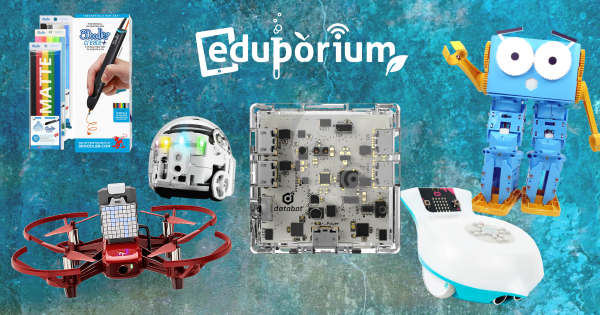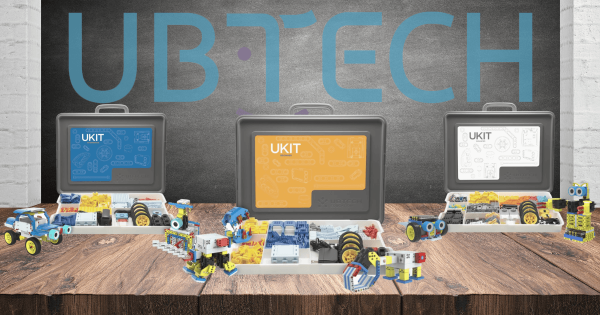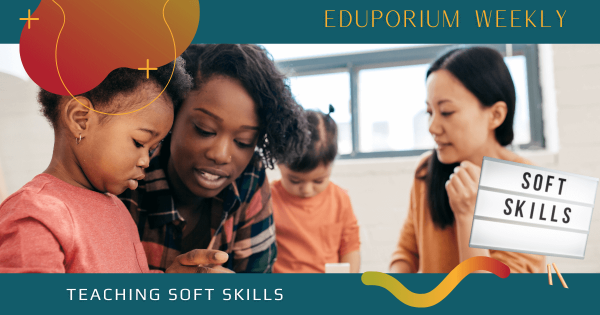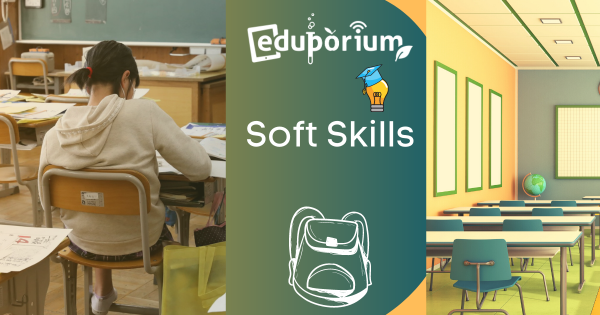When educators can work to simultaneously engage their students’ heads, hearts, and hands in projects—something they could really accelerate with MakerEd tools—they often develop vital SEL skills more quickly while also preparing for future careers. So, what are these key social-emotional skills and what are some of the ways in which educators can teach them?
Search results for '8 skills'
-
8 Steps For Introducing A School Robotics Club
Most school administrators will be happy to give their approval for starting a school robotics club but you’ll still have to show a clear value proposition in your proposal. Once you get approved, research some classroom robots and find lesson ideas, you’ll be ready to firm up the key logistics, including where you’ll meet, how often, and how to tie -
8 Educational Robotics Kits We'll Always Recommend
The great thing about educational robots is that they encompass the entire span of K–12 grades. By that, we mean that there are educational robotics tools available for kindergarteners just as consistently as there are robotics tools available for 12th graders. So, here’s the list of all our favorite options for classroom robotics kits for students across all different grade -
Using EdTech To Teach SEL And Communication Skills
Although the pandemic caused setbacks in SEL and communication skills, students are often using EdTech to revitalize some of that lost learning. By working as teams to build a circuit or practicing conversations with robots, students foster communication skills that can prepare them for their future. And, they can even communicate in alternative ways through art or music. -
8 Early Education Technology Tools: STEM In Kindergarten
There are actually a lot of awesome early education technologies students could use for practicing everything from problem solving or engineering to math or even coding in Pre-K or kindergarten. Whether it is engaging them more successfully or actually introducing hands-on experiences, including coding, the right tech has a place in ECE and these are some favorites. -
Teacher Talk | 8th Grade Science And PBL
Through project-based learning, children get to see concepts in action and build up a bigger variety of vital SEL skills like teamwork and responsibility. Science teacher Jeremy Jorgensen knows all about these benefits. For this new Teacher Talk feature, we discussed how he incorporates PBL activities in the classroom and the skills kids develop from hands-on experiences. -
6 Top EdTech Tools For Students In Grades 3-8
Whether you’re off researching the best robots for the classroom, focused more on teaching students about sensors, or looking to prep them for CTE programs, our list of middle school must-have STEAM tools offers children a whole lot. Head inside to learn more about why our team will consistently recommend these classroom STEM kits for kids in Grades 3–8. -
Top 10 Job Skills For 2025 From The UBTECH Education Team
Equipping students with the job skills for the future is a challenge because we don’t necessarily know what life in the future workforce will be like. We can make an educated guess though and, with added assistance from our partners at UBTECH Education, we’re exploring some of the most relevant skills and how UBTECH’s STEM products can help students acquire -
Eduporium Weekly | It's Not that Hard to Teach Soft Skills
The hands-on, physical skills students build through experiences are commonly referred to as hard skills and they’re certainly valuable to their futures. What about soft skills, though? What are they, why are they so widely talked about, and what can K-12 teachers do to help make sure their students develop these beneficial skills, too? -
Coronavirus And Education: Soft Skills And Their Importance
In what’s rapidly becoming an unprecedented time for those in the education world (as well as other industries that notably include technology and professional sports), the dangerously quick spread of news is something all of us—educators included—have to be weary of and soft skills can play a role for teachers, administrators, and students.



